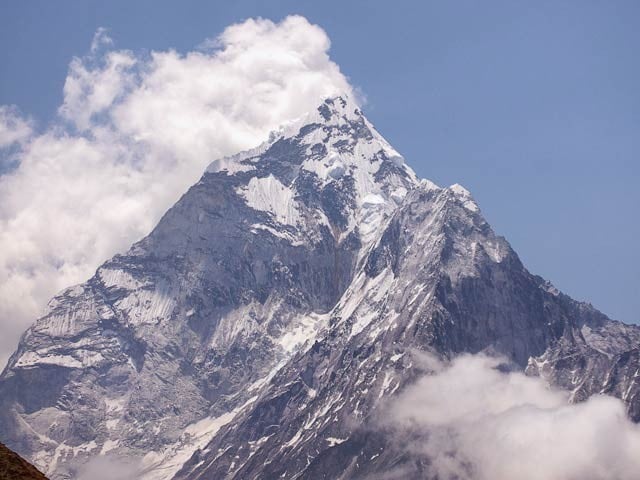Inside the Earth, between the mantle and the core, there may be mountains five times higher than Mount Everest. Photo: File
Switzerland: We know that mountains are not only on the surface but also inside the earth. But now it is known that there are many mountain ranges deep inside the earth which can be four to five times higher than the highest mountain ‘Everest’. But no head of these mountains exists outside the earth.
Experts associated with the seismic station located on the icy continent of Antarctica have said that these mountains exist under the earth’s crust (crust) and along with the mantle. The crust is the earth’s layer on which we walk and the geological part below it is called the mantle. These mountains are lower than that whose boundaries reach the core of the earth.
In 1996, geologists researched the internal structure of the earth with the help of seismic waves and these mountains were revealed. We know that when seismic waves pass through different materials, their speed increases or decreases. So experts map out what might be on the inside. In this way, the condition of different types of matter can also be known.
Experts made different maps from 25 waves and researched based on it. They were amazed that there were tall rocks floating on the Earth’s inner mantle or molten material and that they could be unusually many times higher than the Earth’s mountains.
Experts have made 1,000 seismic recordings under Antarctica and the highest-resolution images are in progress. According to him, research on the ‘Cormental Boundary’ or CMB has shown that there are vast rocky cliffs that are a few kilometers to tens of kilometers wide and higher than the highest mountains on Earth.
(function(d, s, id){
var js, fjs = d.getElementsByTagName(s)[0];
if (d.getElementById(id)) {return;}
js = d.createElement(s); js.id = id;
js.src = “//connect.facebook.net/en_US/sdk.js#xfbml=1&version=v2.3&appId=770767426360150”;
fjs.parentNode.insertBefore(js, fjs);
}(document, ‘script’, ‘facebook-jssdk’));
(function(d, s, id) {
var js, fjs = d.getElementsByTagName(s)[0];
if (d.getElementById(id)) return;
js = d.createElement(s); js.id = id;
js.src = “//connect.facebook.net/en_GB/sdk.js#xfbml=1&version=v2.7”;
fjs.parentNode.insertBefore(js, fjs);
}(document, ‘script’, ‘facebook-jssdk’));


